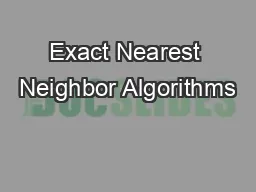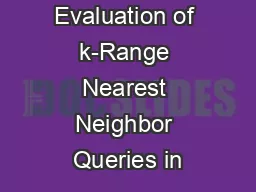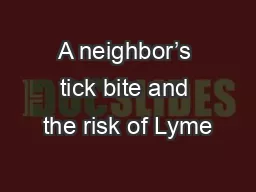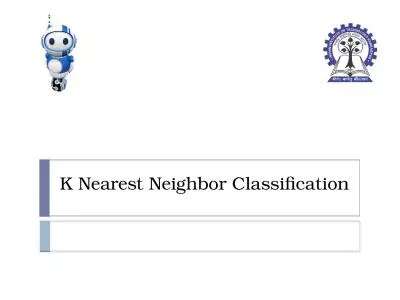PPT-Exact Nearest Neighbor Algorithms
Author : kittie-lecroy | Published Date : 2019-11-18
Exact Nearest Neighbor Algorithms Sabermetrics One of the best players ever 310 batting average 3465 hits 260 home runs 1311 RBIs 14x Allstar 5x World Series winner
Presentation Embed Code
Download Presentation
Download Presentation The PPT/PDF document "Exact Nearest Neighbor Algorithms" is the property of its rightful owner. Permission is granted to download and print the materials on this website for personal, non-commercial use only, and to display it on your personal computer provided you do not modify the materials and that you retain all copyright notices contained in the materials. By downloading content from our website, you accept the terms of this agreement.
Exact Nearest Neighbor Algorithms: Transcript
Download Rules Of Document
"Exact Nearest Neighbor Algorithms"The content belongs to its owner. You may download and print it for personal use, without modification, and keep all copyright notices. By downloading, you agree to these terms.
Related Documents














